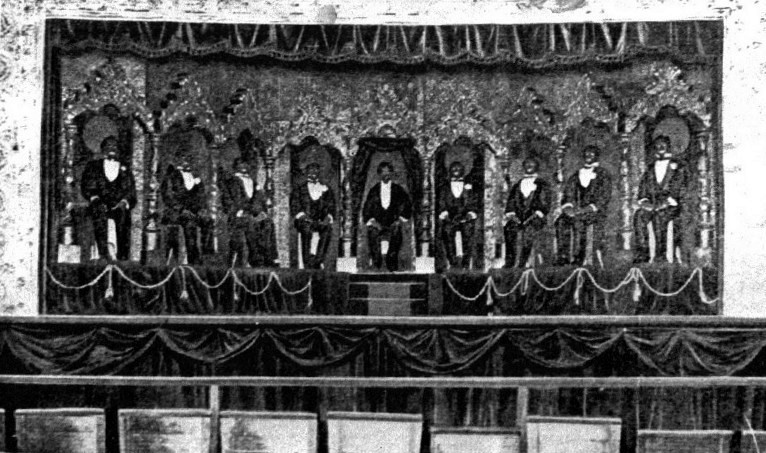Of many various things that Len Spencer got himself into between 1890 and 1910, one of the things that some may wonder about is the minstrel companies he managed around 1897-1900 and starting a second one around 1906-07. It's clear that in the selection from
The Phonoscope shown below that it was a very highly anticipated and hopeful venture that composed mostly of Spencer's friends at the Columbia Phonograph Company.
It was likely that Frederick Hylands was Spencer's pianist at at least a few events. It is clear of the high anticipation in the next selection from the edition the month right after the one above(the first of is from September of 1898):
the one seen above is from the "it is rumoured that..." section from
The Phonoscope.
It seems that the troupe was pretty successful, even into the next year, as the section below from you what from January of 1899:
It seems that this minstrel troupe lasted until about 1900, and seemed to be a great way to fuel Spencer's urge to be a hustler for Columbia, and teach the boys at Columbia to be better salesmen at their records. It's odd, Spencer didn't do that for Edison very much, though, he did make Edison's trademark "Advertising record' in 1906. He didn't do nearly as much for Edison as he did for Columbia.
His minstrels did not seem to fade away after 1900 though, he still had his own "Columbia Minstrels" and he must have gotten a group together and did a couple of shows with them occasionally, but it was not as prominent as it was in the late-1890's. As he did commission a display of his minstrels(more of the names involved are recognizable to record collectors) around 1907:
(I know I have used this picture before)
This was one of the most grand of Spencer's salesman schemes, he commissioned a full size display of his "Columbia Minstrels"which had wax figurines of all of his minstrel friends the ones here are:
Len Spencer(in the middle, durr...)
Arthur Collins
Byron G. Harlan
J. W. Myers(kind of odd that he was here...)
Albert C. Campbell
Steve Porter
Frank C. Stanley
Henry Burr
(I can't really tell where everyone is, sorry bout that...)
This display must have been quite a sight, and a winning moment for Spencer and his minstrel friends.This was on display at Coney Island as one of the many famed attractions there in the 1900's. This was there in c.1905-06 until is was later destroyed in a fire. It played records of each of the performers behind the figures to re-create one of the minstrel shows that Spencer managed on Columbia cylinders. Spencer lived at Coney Island when this was created, so he must have had the duty to go out there and present the display to the large throngs that the Coney Island fairs brought.
Spencer must have still been interested in leading minstrel performances after this venture destroyed itself, but he not longer tried things as extreme as this. What he did was that he ran his own minstrel/vaudeville stage and housing for performers(such as George W. Johnson) until his untimely, but somewhat expected death in December of 1914. He seemed to have run this business of his since his days of publishing with Hylands and Yeager, as that is most likely where the location of the publishing agency came from. He moved the business, which is often called "Len's(or Spencer's) Lyceum" several times prior to 1914. After Spencer died, his Brother and older daughters took over the business until mid-1915. It just couldn't survive without "Len" at it's head, Harry couldn't take the amount of work his older brother had...
Anyhow, I hope you enjoyed this!




.png)








.gif)

.jpg)
.jpg)
.jpg)
.jpg)
.jpg)
.jpg)
.jpg)
.jpg)
.jpg)
.jpg)
.jpg)
.jpg)









